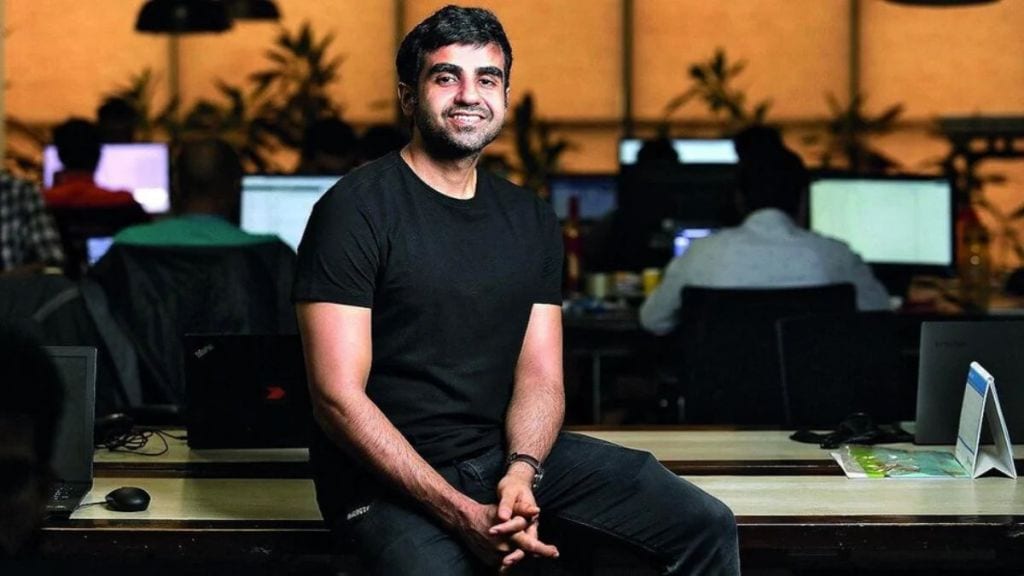Zerodha co-founder Nikhil Kamath in a recent LinkedIn post shared his thoughts on the Unified Lending Interface (ULI) and its potential to fuel individual growth. Kamath praised ULI as a significant step forward in supporting India’s entrepreneurial spirit, even suggesting it could drive greater change than the Unified Payments Interface (UPI).
He emphasised that access to credit is essential for India’s growth, noting that a strong indicator of a regulation’s effectiveness is whether it reduces shadow markets—a sign that it could be beneficial across industries.
Is taking loan a bad thing?
Kamath clarified that he’s not advocating for indiscriminate borrowing, such as personal loans, but highlighted that “there is no reward without risk.” Reflecting on the broader perspective, he stated, “All rewards in life are a factor of risk, and the ability to take on debt is also a form of risk.”
How ULI can spark change?
Kamath aimed to challenge the traditionally cautious mindset many Indians have towards borrowing. While he acknowledged that this cautious approach worked in the past, he argued that the evolving societal landscape requires a more mature, modern lending system. He noted several challenges within the current lending ecosystem, including complex credit systems, high interest rates from informal lenders, regional disparities, and socio-cultural barriers. To address these, the RBI introduced ULI, a system designed to streamline and standardize lending.
What is Unified Lending Interface?
The Unified Lending Interface (ULI) is a platform that connects banks, NBFCs (Non-Banking Financial Companies), fintech firms, and microfinance institutions to ensure that credit is accessible to everyone—regardless of background or financial standing.
ULI seeks to bridge the gap for those unable to access traditional bank loans, preventing people from turning to loan sharks who charge exorbitant interest rates, often trapping borrowers in a cycle of debt. The rise of fraudulent loan apps offering quick loans with hidden fees further complicates the problem.
ULI aims to simplify the lending process by offering a single platform where borrowers can apply for loans from multiple lenders. Kamath drew an analogy to food delivery apps like Zomato and Swiggy, explaining that just as these apps allow consumers to compare restaurants and prices, ULI allows users to compare loan offers, increasing transparency and fostering healthy competition. Whether for personal loans, business financing, or microloans, ULI streamlines the process, making it as easy as ordering a meal.
What are key features of ULI?
In essence, ULI aims to revolutionise lending in India by making it more accessible, transparent, and inclusive.
- Alternative Credit Scoring: ULI assesses creditworthiness using data from GST records, bank transactions, mobile payments, and utility bills—bypassing the need for traditional credit scores.
- Real-Time Approvals: The system ensures instant loan approvals for various needs, whether medical, business-related, or seasonal.
- Micro Loans: ULI supports loans as small as Rs 10,000, helping to meet the financial needs of individuals and small businesses.
- Customised Loan Products: By leveraging advanced AI and data analytics, ULI offers personalised loan options tailored to specific financial situations, moving beyond the one-size-fits-all approach.


